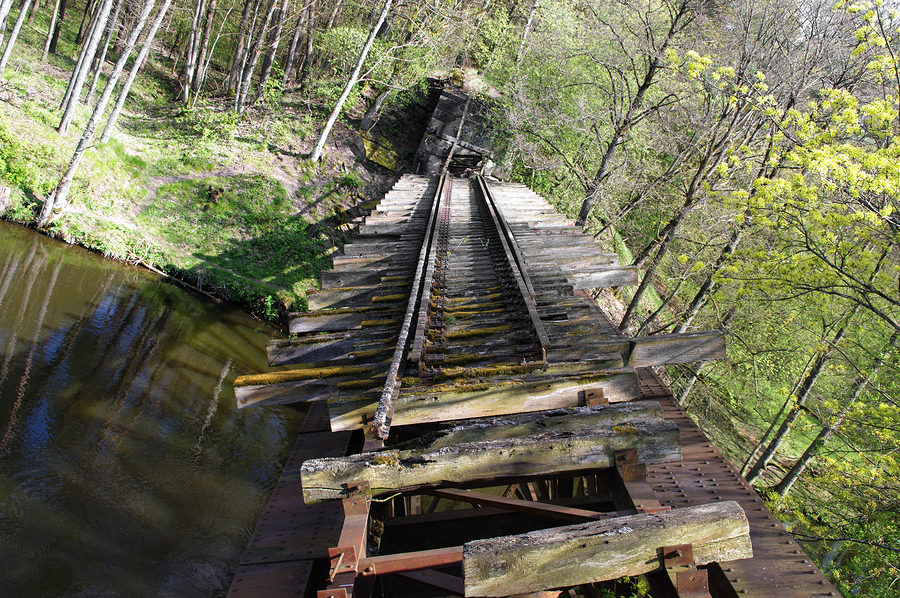Hopefully it’s reasonably well known that Windows 2008 and Windows 2008 R2 are almost end of service life. In case you missed it, here’s the Microsoft announcement:
On January 14, 2020, support for Windows Server 2008 and 2008 R2 will end. That means the end of regular security updates. Don’t let your infrastructure and applications go unprotected. We’re here to help you migrate to current versions for greater security, performance and innovation.
Prepare for Windows 2008 End of Support, Microsoft.
It’s telling for me that the message from Microsoft is “Don’t let your infrastructure and applications go unprotected.”
When a vendor depreciates support for their system (OS or application), a common question that happens for years after is “can you backup X?” I still get asked periodically whether I can provide backup agents for Windows 2003. Sometimes I still get asked for Windows 2000 and Windows NT4, and I’ve even been asked in the last 12 months about support for Solaris 5.7. (Thankfully, no-one has asked me about Banyan Vines since 2002.)

So with Windows 2008/R2 having around half a year left in it, it’s time to have a plan for ensuring you stay protected after January 14 2020. And by protected here, I’m talking backup and recovery.
So what are the options?
- Upgrade: The obvious answer of course is to migrate to a newer operating system. Windows 2012, Windows 2016 or beyond. (Or equally if the workload permits it, you may end up migrating to another operating system entirely.)
- Virtualise: If you can’t upgrade, you should aim for virtualising the workload and enabling image level backup and recovery for it. This will work in particular for systems that aren’t running databases (and remember, SQL 2008 R2 is actually EOSL July 9, 2019). Image based backup will enable you to achieve backup, image recovery, disaster recovery and in some instances, file based recovery. (E.g., if your current deployed supports FLR for Windows 2008, you’ll have a window of opportunity.)
- Short term mitigation: If you’re going to miss the cut-off window for 2008/R2 by six months or so before you complete upgrading, the ‘safe’ approach will be to minimise the upgrades you do within your backup and recovery environment for the duration to make sure you don’t upgrade to a version of a backup product that isn’t compatible with Windows 2008/R2.
- Long term mitigation: If for some reason you can’t upgrade your Windows 2008/R2 systems for quite some time, and presumably the risk/governance team are OK with that, then you need to provide a longer term mitigation strategy. One such approach is to ‘spawn off’ a dedicated backup environment to handle the unmigrated systems; the key benefit this gives you is the ability to continue to maintain and upgrade your primary backup environment for everything else in your environment.
Obviously it’ll be very important to keep an eye on systems compatibility, which you can do from the eLab Navigator site if you’re working with current versions of Avamar, Data Domain, NetWorker, etc. (Or, if you’ve got older versions, you can check out the older Compatibility Guide site.)
The only thing you can be certain on is that with 6 months left to go until Windows 2008/R2 is expired, your planning needs to be underway as soon as possible if it isn’t already well progressed.